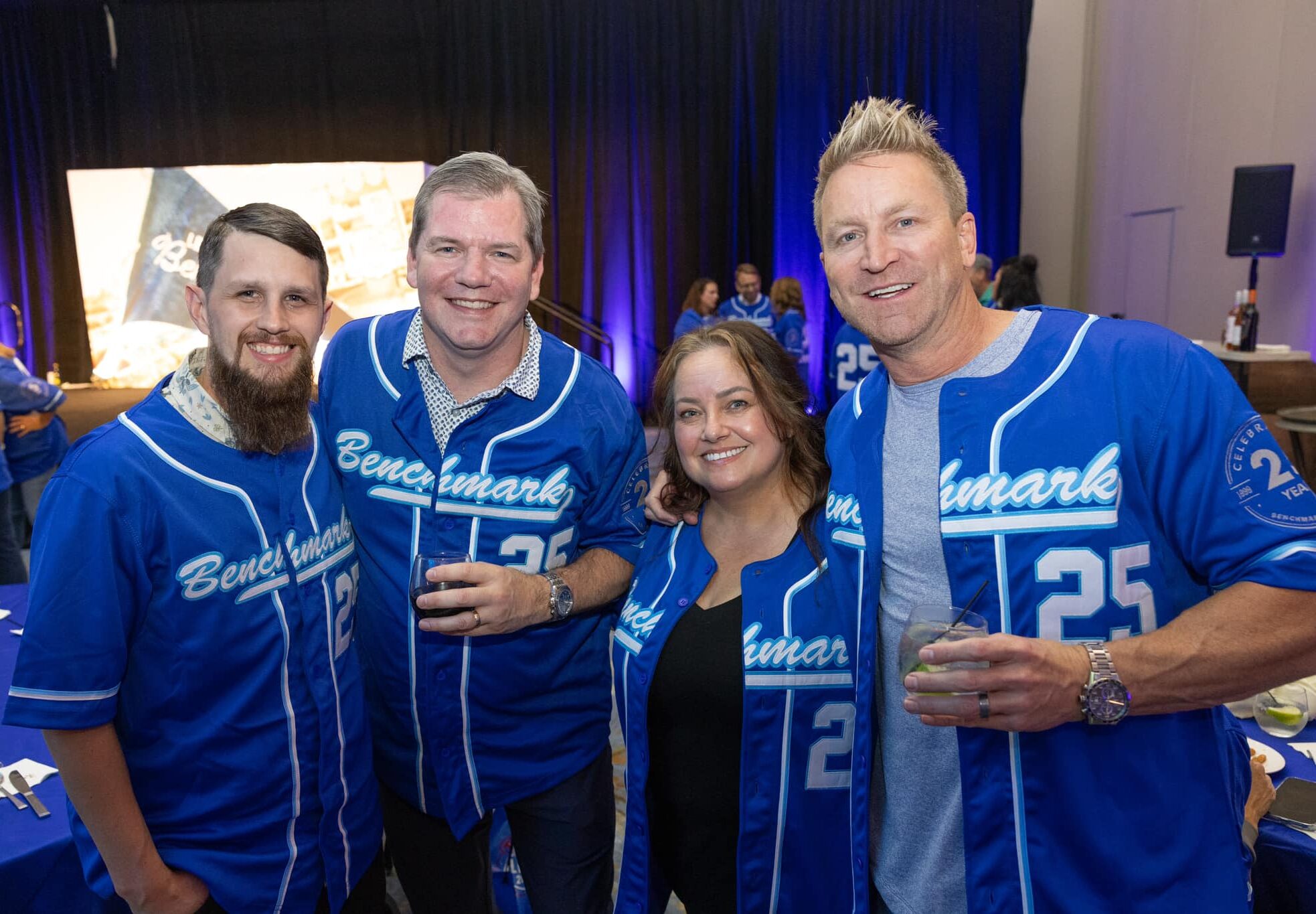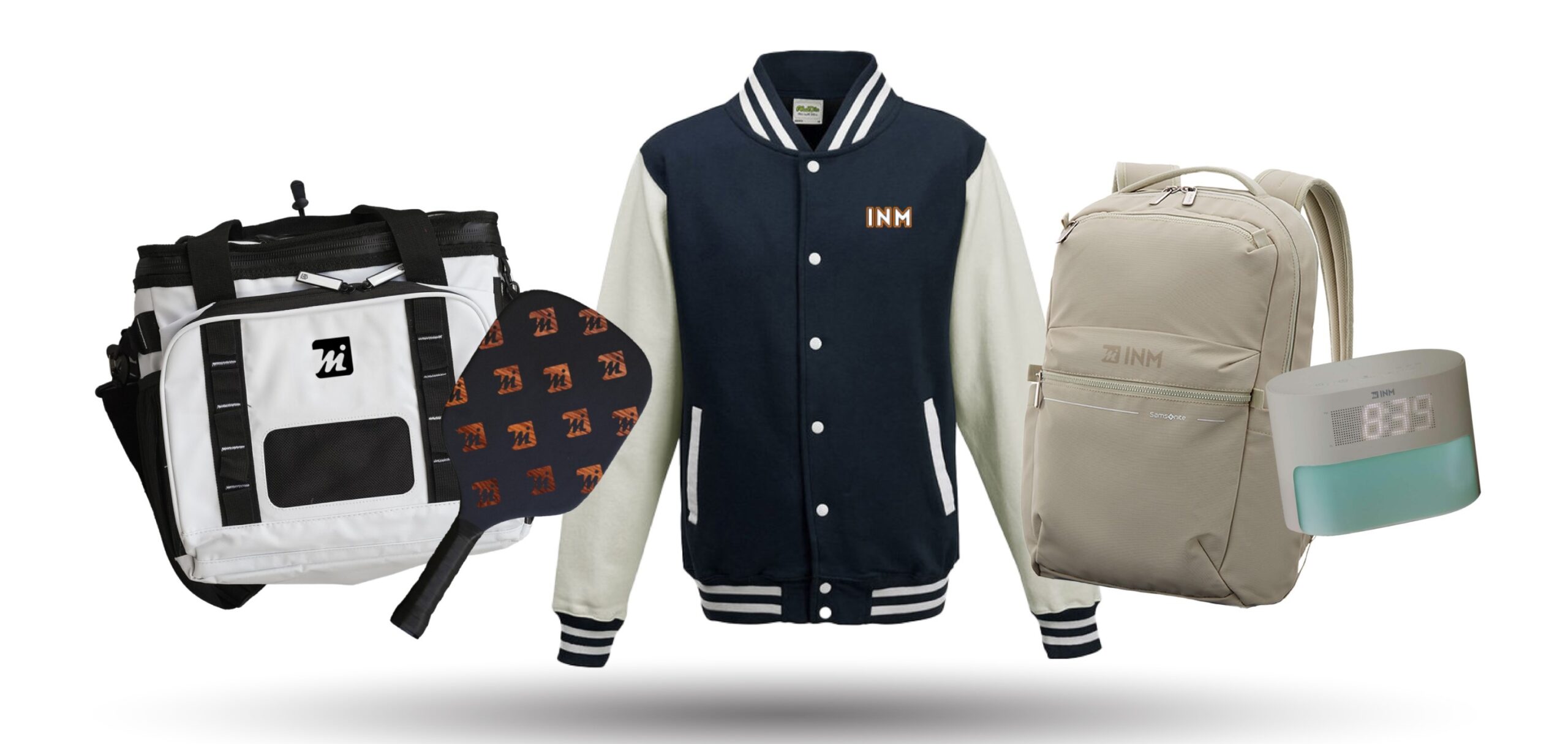It’s a proven fact that companies with solid strategies to recognize team members enjoy stronger engagement, increased employee morale, better customer service, and lower turnover (i.e. just another example of all the things we’ve been talking about with this employee engagement blog series). Employee Recognition is any type of acknowledgment, public or private, for specific accomplishments employees achieve within your organization. If this stat from Socialcast doesn’t motivate you to recognize employees, I don’t know what will: 69% of employees would work harder if they felt their efforts were better appreciated. Recognition can be as simple as public praise or as detailed as an online incentive program where employees can choose their personal gift or award. What’s important to remember is that recognizing employees should be a well thought out strategy, not just a passing “thank you” at a company lunch. How you recognize employees and what you choose to recognize them for should personify your companies mission and core values. Basically, it needs to stay true to your companies culture.
One of the best ways to create a culture of employee recognition is through well defined award and incentive programs. These programs are a way to actively engage employees and keep them motivated in a variety of different ways. Below are some of the most popular incentive and award programs we’ve seen:
Safety
Safety award programs are seen in companies who have employees participating in manual labor (manufacturing, trucking, warehousing, etc.). Safety award programs are aimed specifically at reducing workplace accidents and having employees be more tuned to work place safety. The Bill Sims Company describes a successful safety incentive program as one that will raise awareness of safety issues, reduce injuries without causing workers to hide injuries and instill proactive behaviors that create a safe working culture.
Years of Service
This is the most popular type of incentive program, which rewards employees based on their years of service. Companies can choose which years to recognize based on their specific attrition issues. For example, companies that heavily employee millennials should consider starting their program at 1 year of service (remember, millennial like immediate recognition for their efforts and statistically move jobs quickly). Traditionally, when you think of service awards, you probably think of big, bulky crystal awards that sit on your desk and collect dust. Now, there is certainly a culture, time and place for desk awards, but service awards today can also mean so much more than that. They can be custom branded gifts, bonuses, or non-branded retail items. Most importantly, make sure the awards you’re giving represent your company and will be received by employees as recognition, not just as something to be thrown in a drawer.
Health & Wellness
As health and wellness have become big buzzwords in corporate America over the past few years, wellness incentive programs have also increased. Wellness programs are a great way to encourage active employee participation and also a great opportunity to “gamify” the program using challenges and competitions (did you know that over the last several years, 62% of employers are using gamification methods to promote and engage employees in health and wellness initiatives? care@work). Points-based systems are typical for this type of program. A few tips on creating these points-based programs would be to make the goals easily achievable and easy to track (we’ve all been part of programs or things that are overly complicated and fall by the wayside because no one has the time to figure them out).
Employee Work Ethic
This can be called a million kitschy things based on the specific goal (team player, above and beyond, employee of the month, etc.), but basically, this program recognizes employees for going above and beyond what is expected of them. In our opinion, this is one of the most important incentive programs to implement because it’s a way to continuously point back to your culture and core values and keep them top of mind with all employees. With this type of program, employees can be recognized for things like: being a good team player, coming up with an out of the box or extra creative idea, helping other employees, having the highest sales numbers, etc. Peer recognition plays a large part of programs like this, and according to globoforce, 41% of companies that use peer-to-peer recognition have seen positive increases in customer satisfaction. Empowering peers to recognize each other also gives everyone a “buy in” to the program, negates any bias, and creates a healthy level of competition.
While specific programs are important and should be considered. Don’t underestimate the power of positive recognition in simple ways like social media shout outs, web page recognition, break room announcement board, staff meetings, or company-wide emails.
For more information or to schedule a consult to discuss how we can help you find the perfect incentive program(s) for your company, give us a call, 972-869-1907. And for those programs that are already in place, here are some best practices to follow.




